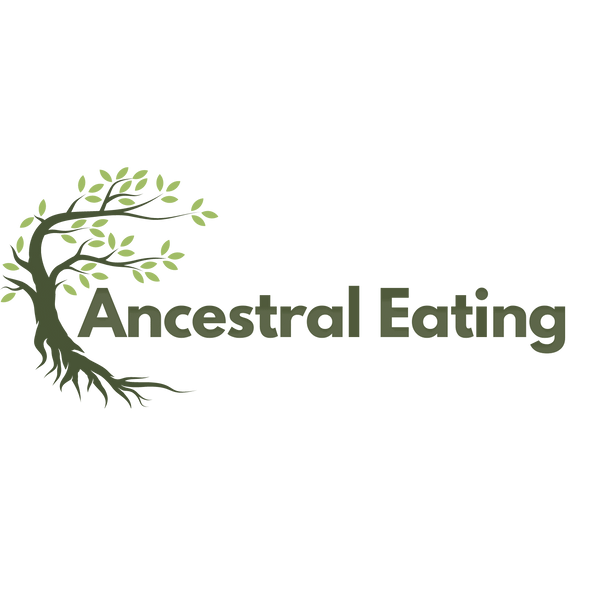The culinary history of the Dominican Republic is rich and varied, shaped by a mix of indigenous, Spanish, African, and even Middle Eastern influences over the years. The past 500 years have seen considerable change, reflecting the island's complex history, which includes colonization by the Spanish, the slave trade, and subsequent cultural amalgamations.
Staples:
- Rice: A main staple, often served with beans ("arroz con habichuelas") and meat.
- Plantains: Consumed in various forms, such as tostones (fried green plantains), maduros (sweet fried plantains), and mofongo (mashed and fried plantains).
- Corn: A staple of the indigenous Taíno people, used in arepas and other dishes.
Proteins:
- Pork: Consumed in various forms, from lechón (roast pork) to longaniza (Dominican sausage).
- Chicken: Often stewed ("pollo guisado") or fried.
- Fish and Seafood: Given its island geography, fish like snapper and seafood like shrimp and crab are commonly consumed.
- Beans: Usually red or black, often served with rice.
Vegetables:
- Yuca/Cassava: Consumed boiled, fried, or used to make casabe (a type of bread).
- Sweet Potatoes: Consumed boiled or fried.
- Tomatoes, Bell Peppers, Onions: Often used in sofrito, a base for many dishes.
Fruits:
- Mango: Consumed ripe or green, or used in salsas.
- Pineapple: Eaten fresh or used in cooking.
- Papaya: Commonly eaten fresh or used in fruit salads.
Spices and Condiments:
- Oregano, Cilantro, Garlic: Widely used for seasoning.
- Lime: Used for flavor and as a marinade.
Beverages:
- Coffee: Consumed throughout the day, Dominican coffee is well-regarded.
- Rum: A popular alcoholic beverage, often consumed in cocktails like the Cuba Libre.
- Morocho: A drink made with corn and spices, often consumed around Christmas.
Traditional Dishes:
- Sancocho: A hearty stew with various meats and root vegetables, considered the national dish.
- La Bandera Dominicana: The "Dominican Flag," a meal consisting of rice, red beans, and meat, usually served for lunch.
- Asopao: A soupy rice dish with chicken or seafood.
Historical Influences:
- Indigenous Taíno: Contributed foods like yuca, corn, and various fruits.
- Spanish Colonization: Introduced rice, pork, and many of the spices and cooking techniques.
- African Influence: Brought by enslaved people, contributing dishes like mofongo and various stews.
Modern Influences:
- Globalization: With growing tourism and international influence, foods like pizza, burgers, and other international cuisines are becoming more common, especially in touristy areas.
The culinary landscape of the Dominican Republic reflects its multifaceted cultural history, combining indigenous, Spanish, and African elements into a unique and flavorful cuisine. Over the past 500 years, this blending of cultures has created a rich and diverse food tapestry that continues to evolve.






